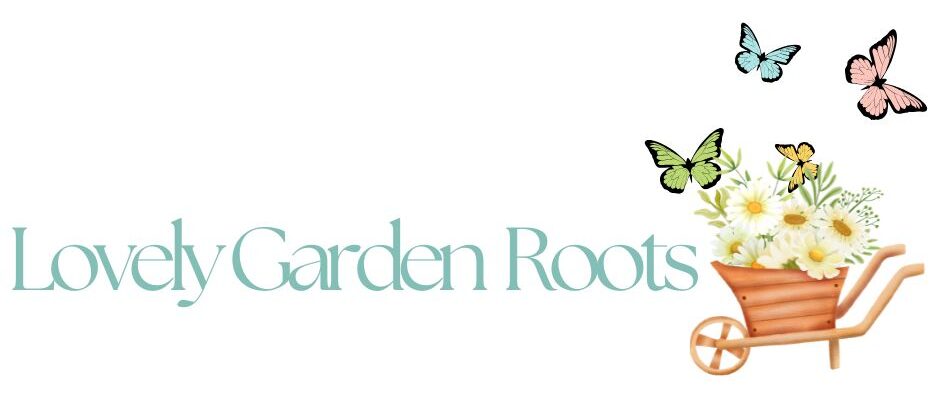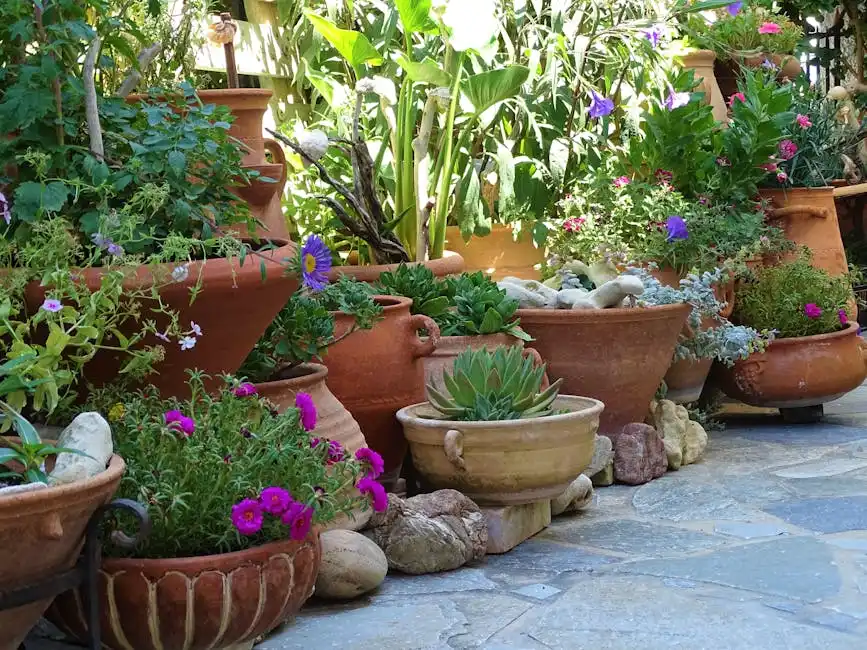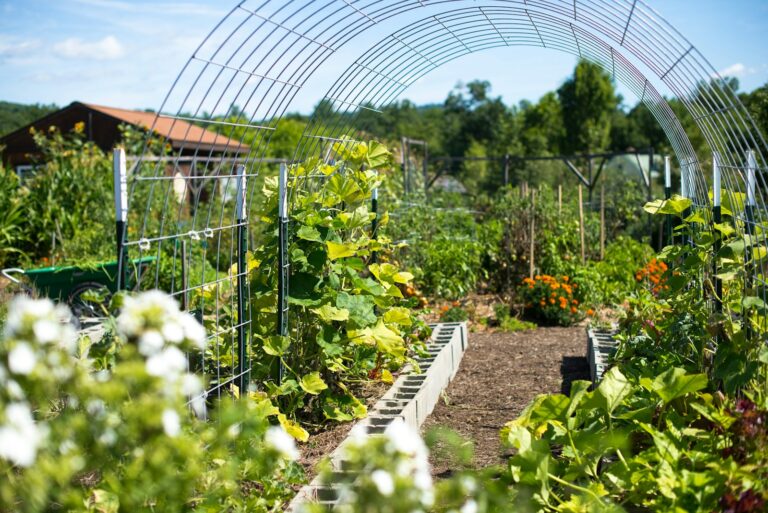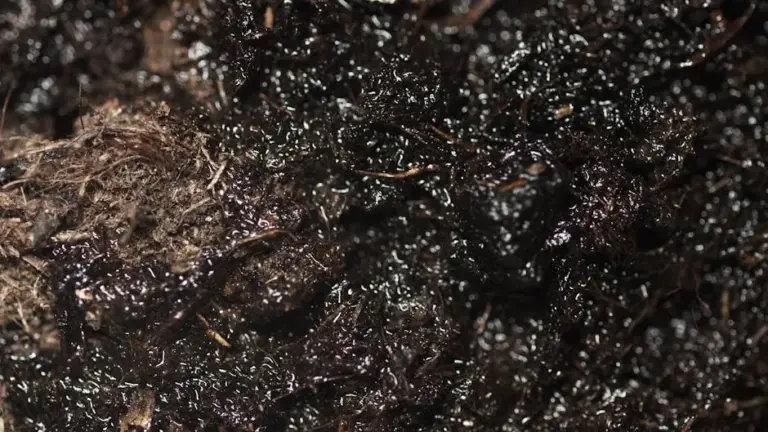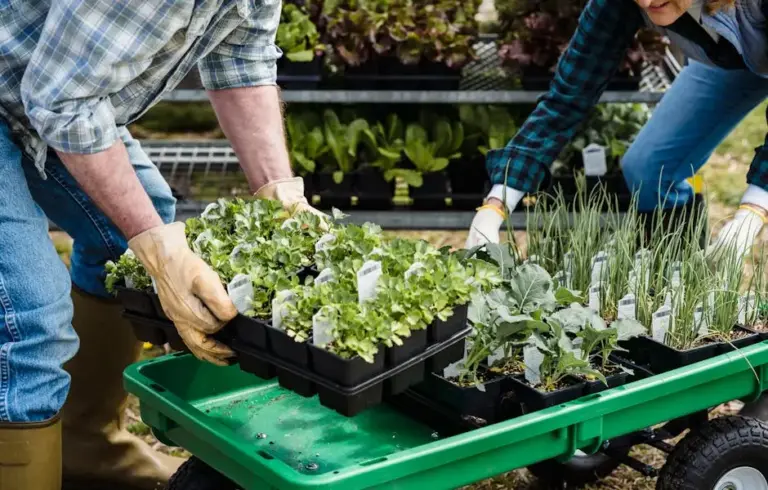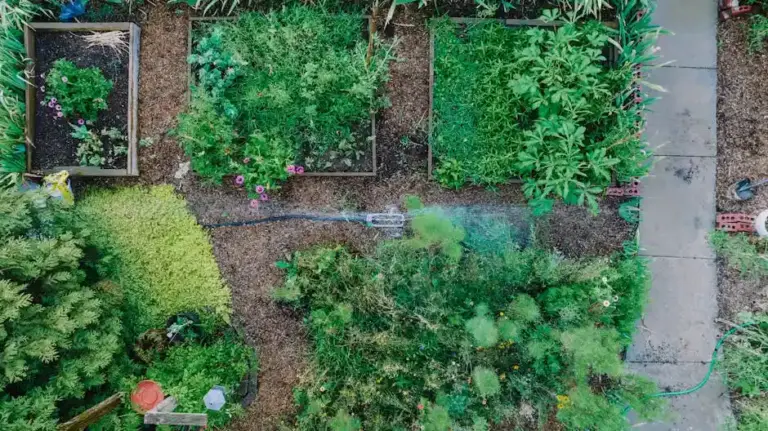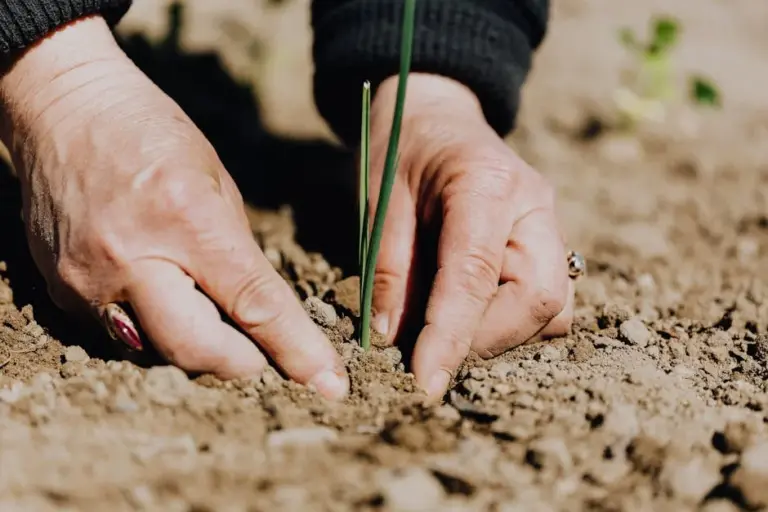The Beginner’s Guide to Understanding Plant Hardiness Zones Made Easy for Gardeners
Understanding plant hardiness zones can make a big difference in your gardening success. These zones help you know which plants are most likely to thrive where you live by grouping areas based on climate conditions. This guide is designed to help you get comfortable with the basics of plant hardiness zones.
By learning about these zones, you can choose the right plants that will survive and grow well in your garden, saving you time and effort. Whether you’re new to gardening or looking to improve your skills, understanding this concept is a helpful step toward a healthier, more beautiful garden.
What Are Plant Hardiness Zones?
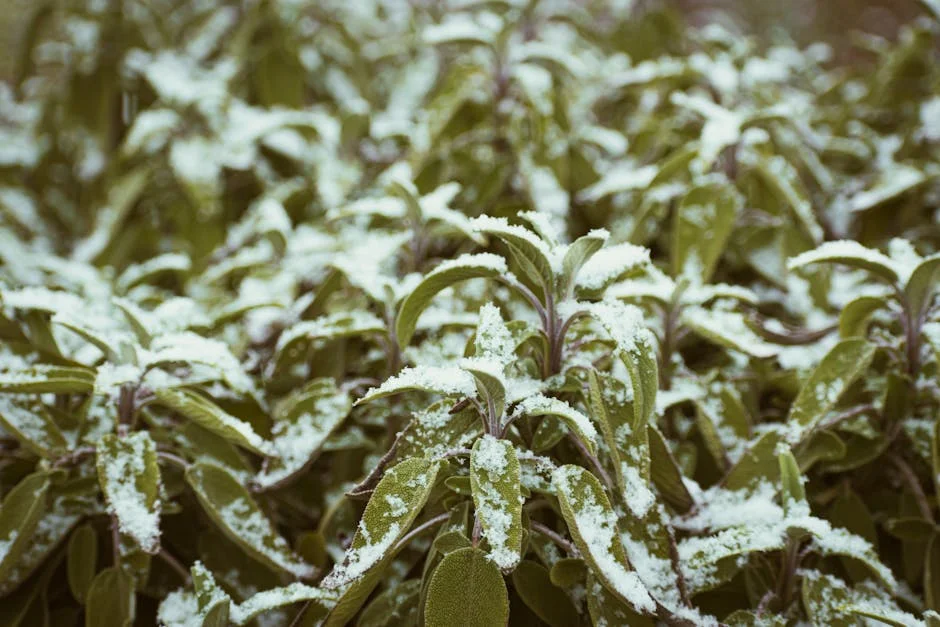
Plant hardiness zones help you understand which plants can survive in your local climate, especially during winter. These zones are based on the average lowest temperatures in your area.
The zones are numbered, with lower numbers meaning colder winters. Each zone covers a range of 10°F in minimum temperature.
Knowing your plant hardiness zone lets you choose plants that are more likely to thrive. It’s a simple but important tool to help your garden succeed year after year.
The USDA Hardiness Zone Map Explained
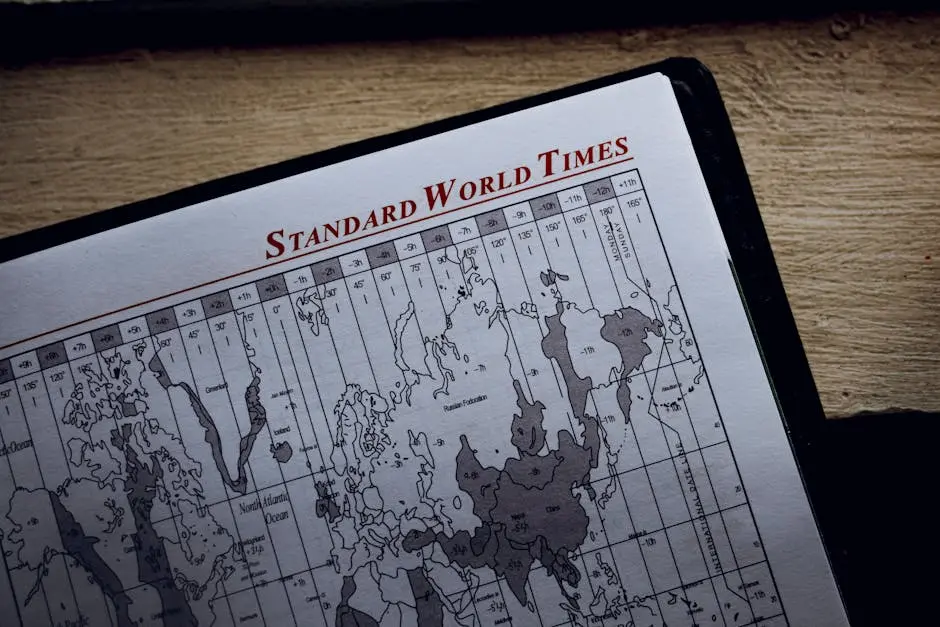
The USDA Hardiness Zone Map helps you figure out which plants can survive your local winters. It divides the country into 13 zones based on the average minimum temperature each winter.
Each zone spans a 10-degree Fahrenheit range, with colder areas in lower zones and warmer places in higher zones. The zones are split into A and B subzones for more detail.
By knowing your zone, you can choose plants that are more likely to thrive in your climate. This makes gardening easier and helps prevent plant loss due to cold weather.
How Zones Are Determined by Minimum Winter Temperatures
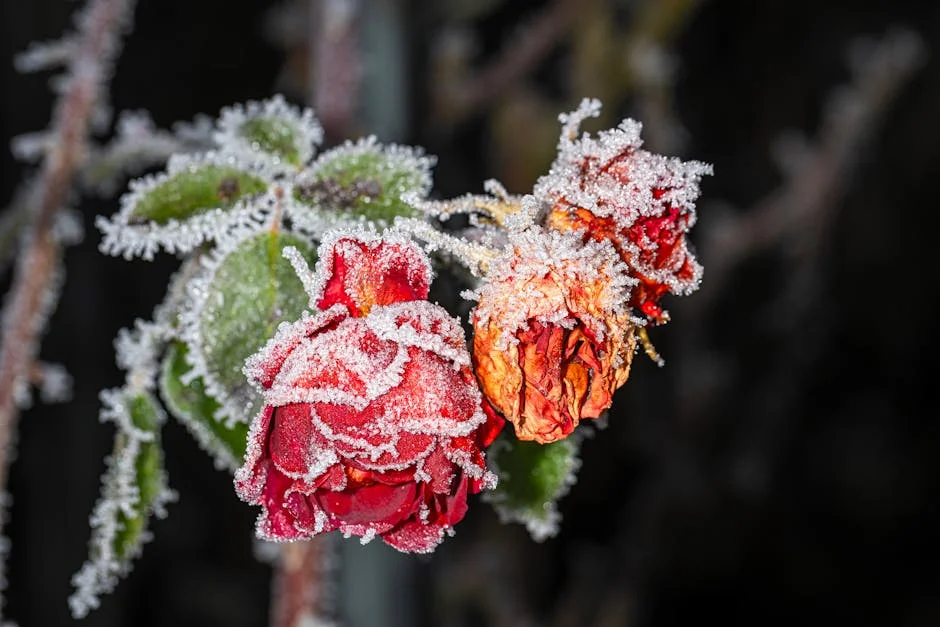
You can think of plant hardiness zones as temperature guides for your garden. Each zone represents a range of average minimum winter temperatures, usually measured over several years.
The zones are divided by 10°F increments. So, if your area gets colder winters, you’ll be in a lower-numbered zone.
Knowing your zone helps you choose plants that can survive the coldest part of your winter. This way, your garden has a better chance to thrive year after year.
Why Knowing Your Zone Helps Garden Planning

Knowing your plant hardiness zone guides you in picking plants that can survive your area’s climate. This means you spend less time and money on plants that struggle to grow or die in your garden.
Your zone also tells you the best time to start seeds or transplant seedlings. This helps your plants get a strong start and grow healthy throughout the season.
When you understand your zone, you make smarter choices about watering, fertilizing, and protecting your garden. It makes your gardening experience more enjoyable and rewarding.
Finding Your Plant Hardiness Zone Easily

To find your plant hardiness zone, start by checking the USDA Plant Hardiness Zone Map. This map divides regions based on the average minimum winter temperature, which helps you understand what plants will survive your winters.
You can find an interactive version of the map online, where you enter your zip code or location to see your zone instantly. Knowing your zone allows you to pick plants that are well-suited to your climate.
This simple step saves you time and helps your garden thrive by matching plants to the conditions they best tolerate. It’s a quick way to get confident about your plant choices.
How Zones Affect Plant Survival and Growth
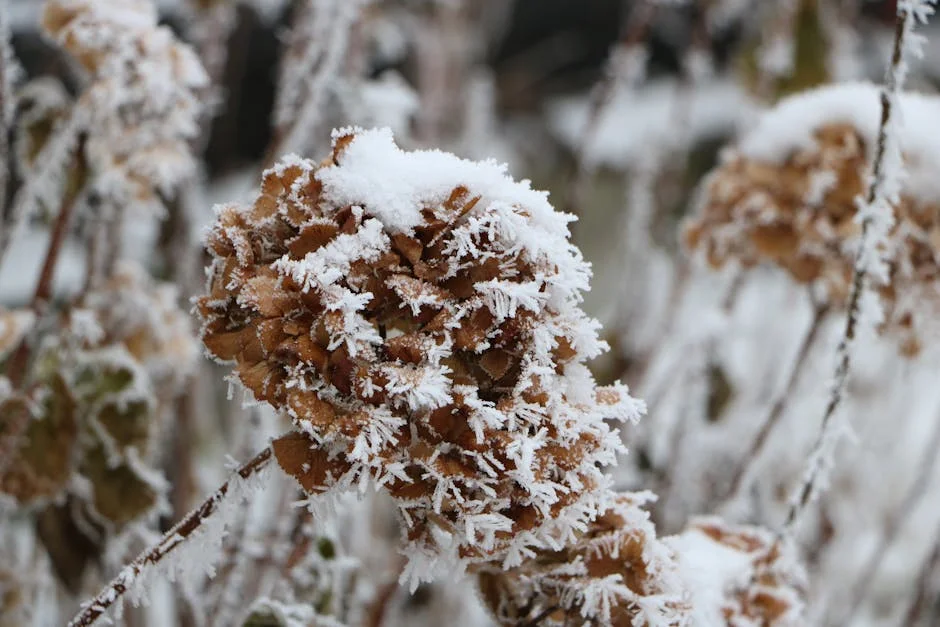
Plant hardiness zones are based on the average minimum winter temperatures in your area. Knowing your zone helps you pick plants that can survive your coldest winters without damage.
If you choose plants suited to your zone, they are more likely to grow strong and healthy. Plants outside their suitable zones may struggle or fail to survive harsh weather.
Zones also guide you on the best time to plant. Understanding frost dates in your zone helps you avoid planting too early or too late, giving your plants a better chance to thrive.
Using Zones to Choose the Right Plants
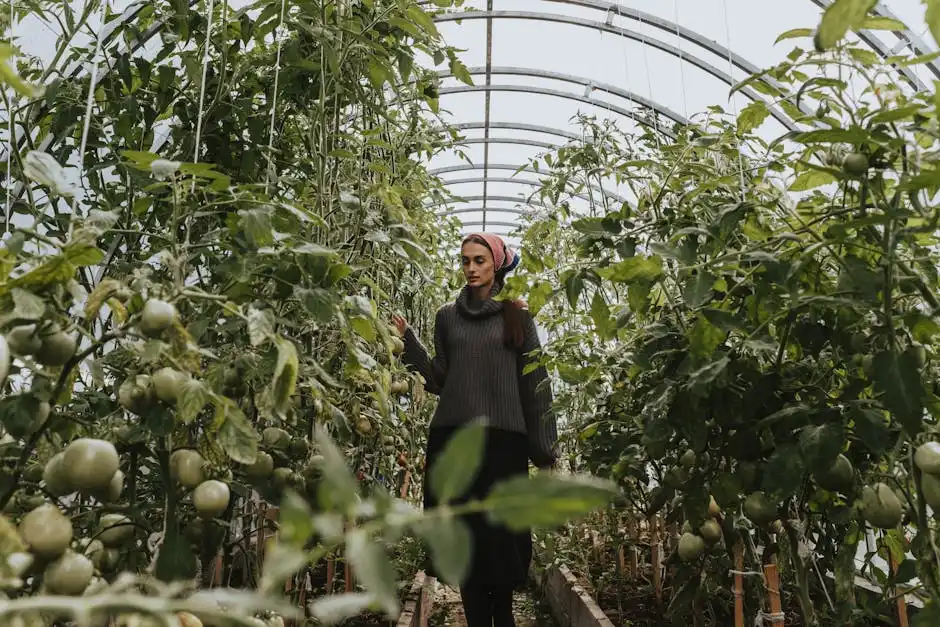
Knowing your plant hardiness zone helps you pick plants that will survive your climate. You want to choose species that match the lowest temperatures your area experiences. This way, your plants have a better chance to grow strong and healthy.
Look for the zone information on seed packets or plant tags when buying. This tells you if the plant can handle your local weather. By using this simple guide, you save time and reduce the risk of plant loss.
You can also use your zone to plan the best time to plant. Different plants have different needs, and your zone gives you clues on when to start them safely. This makes gardening easier and more enjoyable for you.
Tips for Planting by Zone
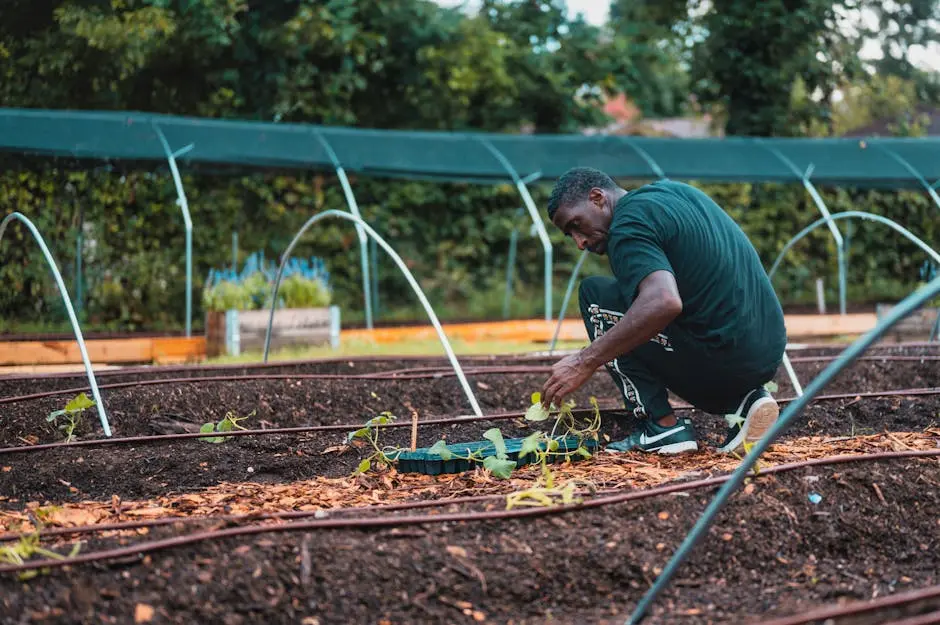
First, find your plant hardiness zone using a USDA map or an online tool. Knowing your zone helps you pick plants that can survive your local climate.
Choose plants suited to your zone’s temperature range to avoid wasting time and resources. This boosts your chances for a healthy garden.
Pay attention to planting dates. Planting too early or too late can harm your plants, so use your zone as a guide for timing.
Lastly, consider local microclimates like shade or wind, which may affect plant survival. Adjust your plant choices based on these conditions when needed.
Understanding Zone Ranges and Subzones
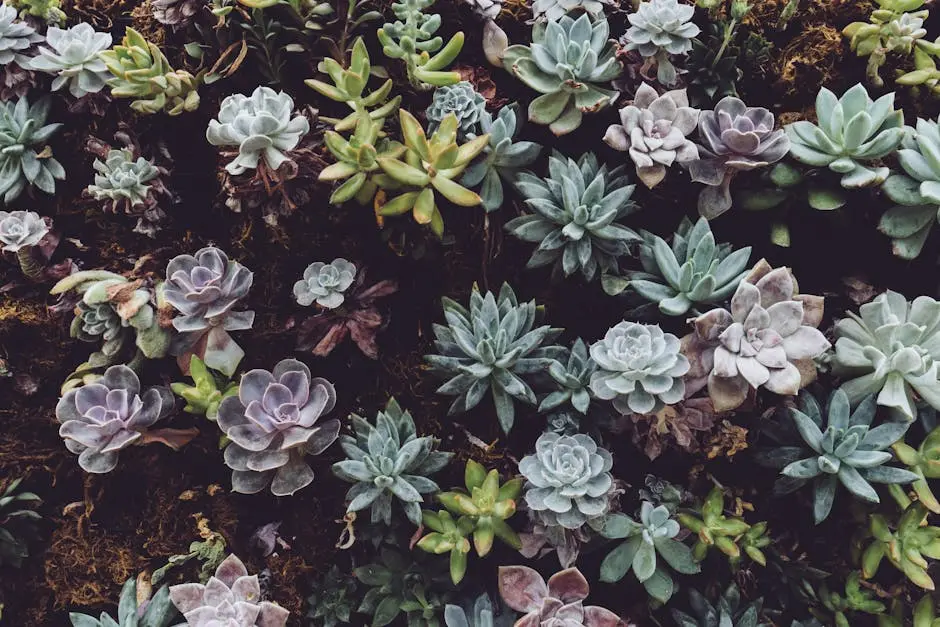
Plant hardiness zones are numbered from 1 to 13, based on the average minimum winter temperature in your area. Each higher number means a warmer climate.
Zones are further divided into “a” and “b” subzones. For example, Zone 5a is colder than 5b because it represents a smaller temperature range. These subzones help you choose plants even more suited to your local climate.
Knowing your exact zone and subzone can guide you in selecting plants that are more likely to thrive through winter and grow well throughout the year. This makes gardening easier and more rewarding for you.
Common Challenges in Different Hardiness Zones
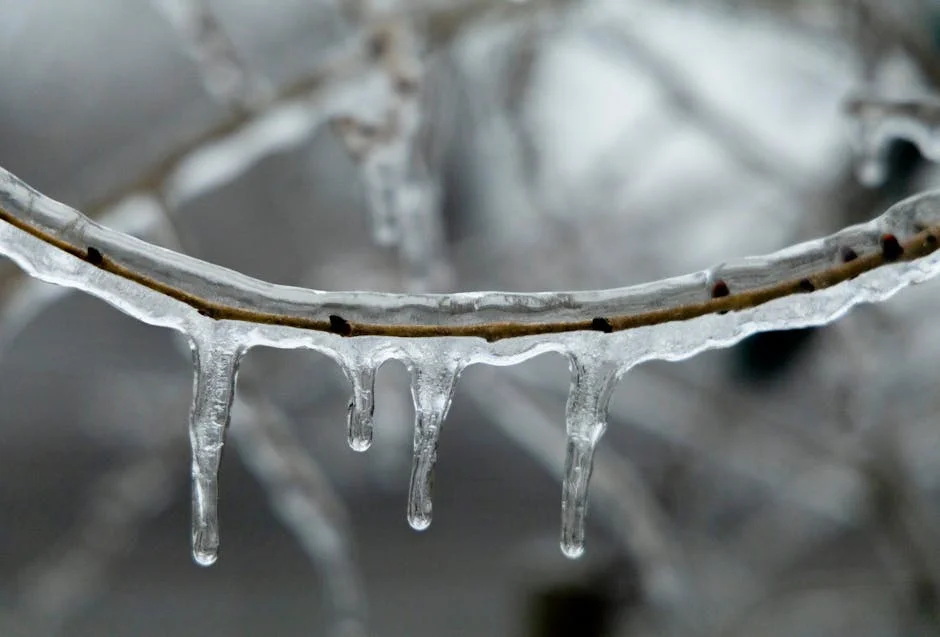
In colder zones, your biggest concern is protecting plants from harsh winter freezes. You’ll need to choose species that can survive low temperatures and may have to use mulch or covers to help them through.
Warmer zones often face heat stress and drought issues. You might need to water more frequently and select plants that tolerate high heat and dry conditions.
In moderate zones, unpredictable weather can be a challenge. You’ll want to pick versatile plants that handle both cold snaps and warm spells well.
Knowing your zone helps you prepare for these challenges and choose plants that stand a better chance in your climate.
